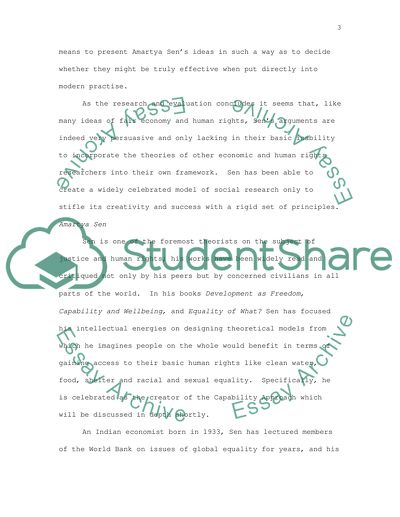Cite this document
(“Amartya Sen and Global Justice Book Report/Review”, n.d.)
Retrieved from https://studentshare.org/sociology/1518110-amartya-sen-and-global-justice
Retrieved from https://studentshare.org/sociology/1518110-amartya-sen-and-global-justice
(Amartya Sen and Global Justice Book Report/Review)
https://studentshare.org/sociology/1518110-amartya-sen-and-global-justice.
https://studentshare.org/sociology/1518110-amartya-sen-and-global-justice.
“Amartya Sen and Global Justice Book Report/Review”, n.d. https://studentshare.org/sociology/1518110-amartya-sen-and-global-justice.


